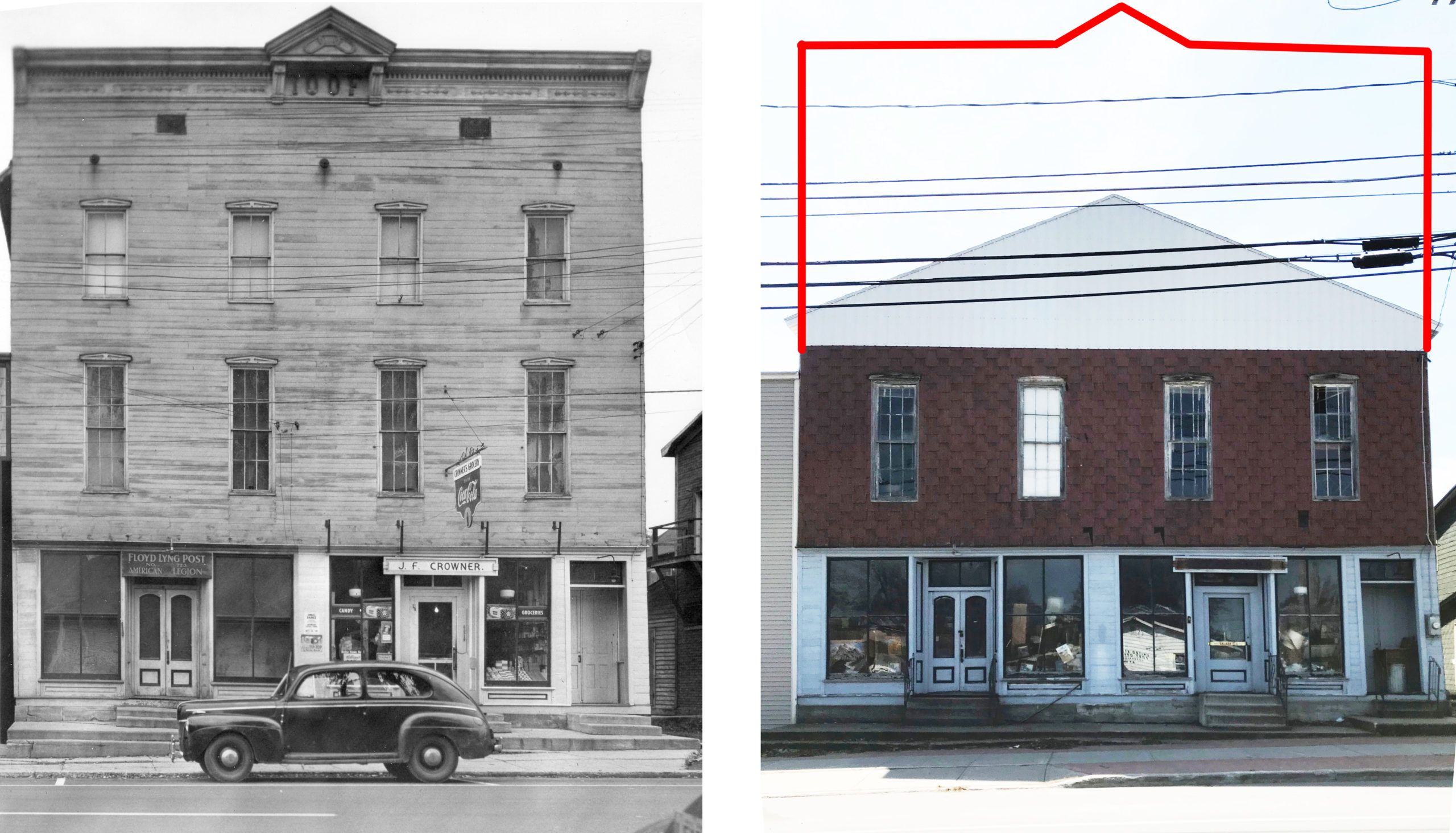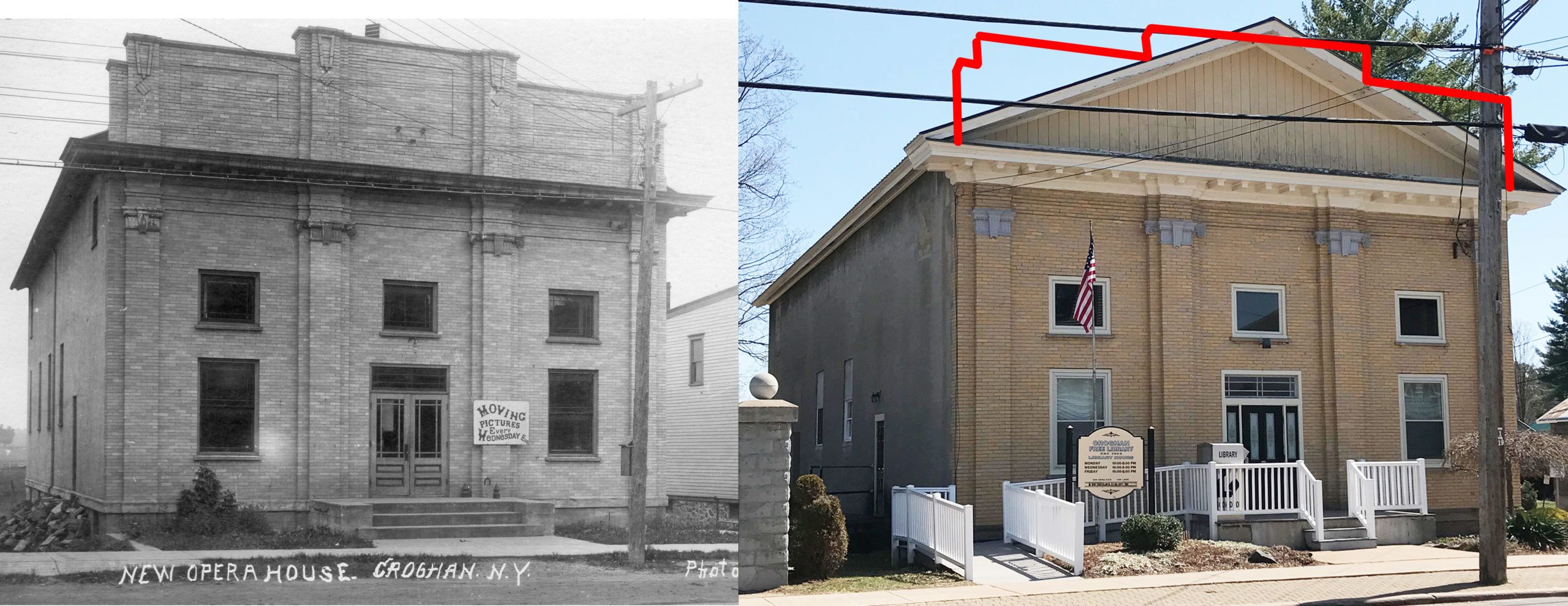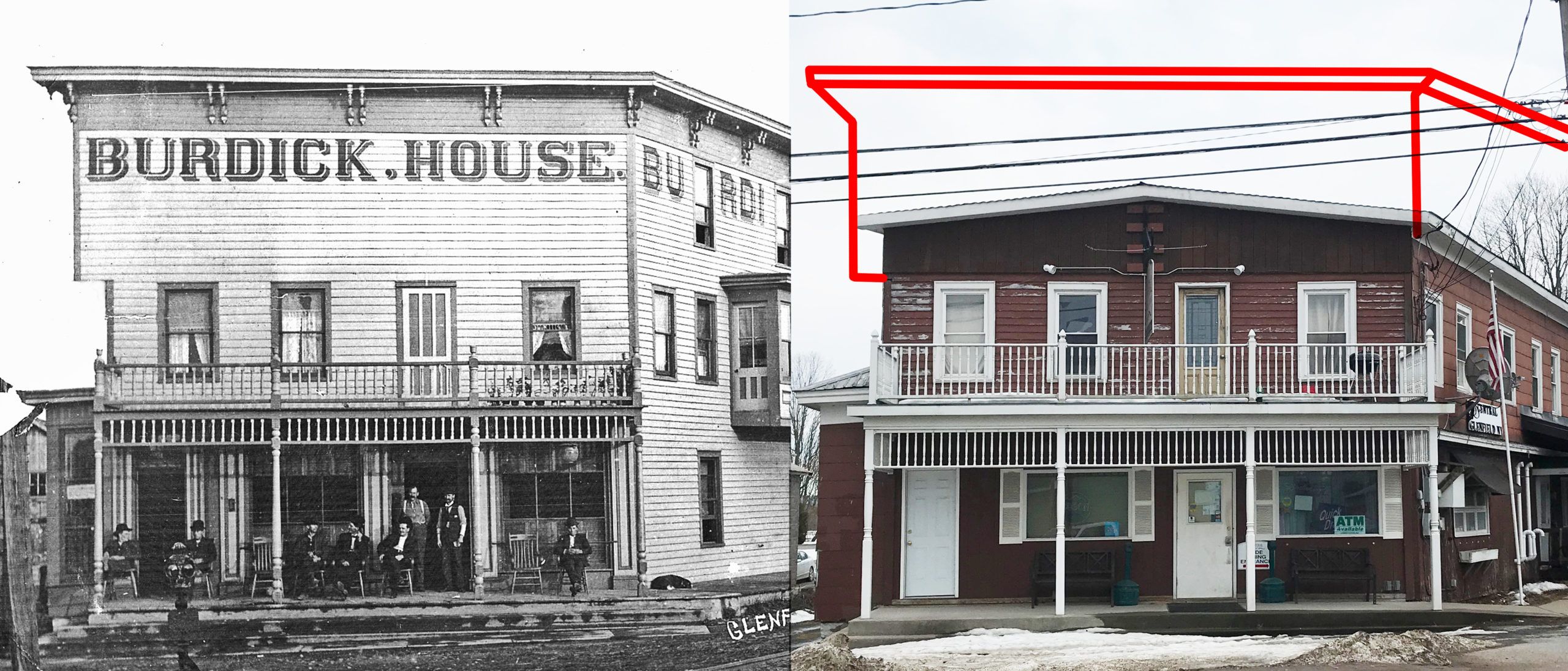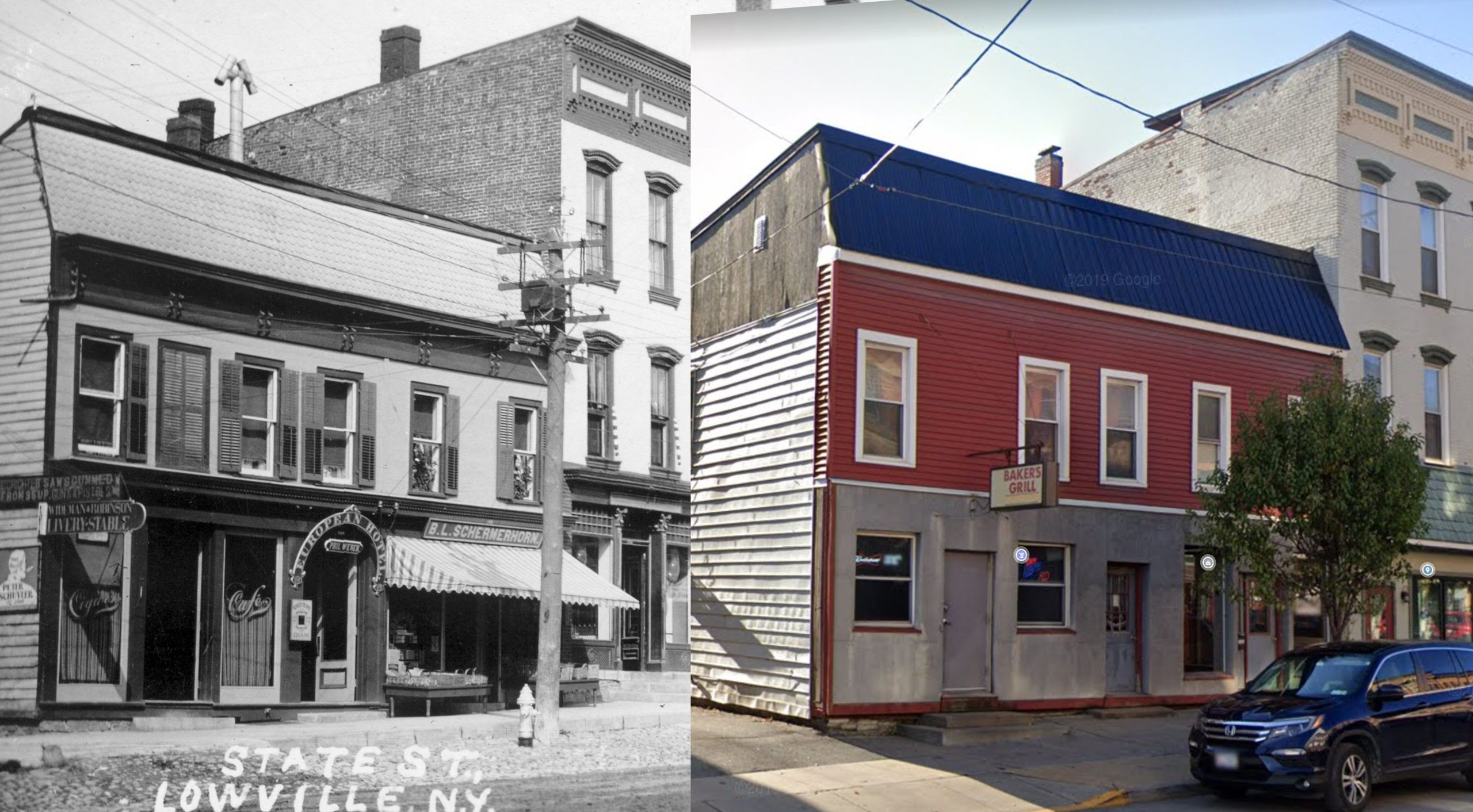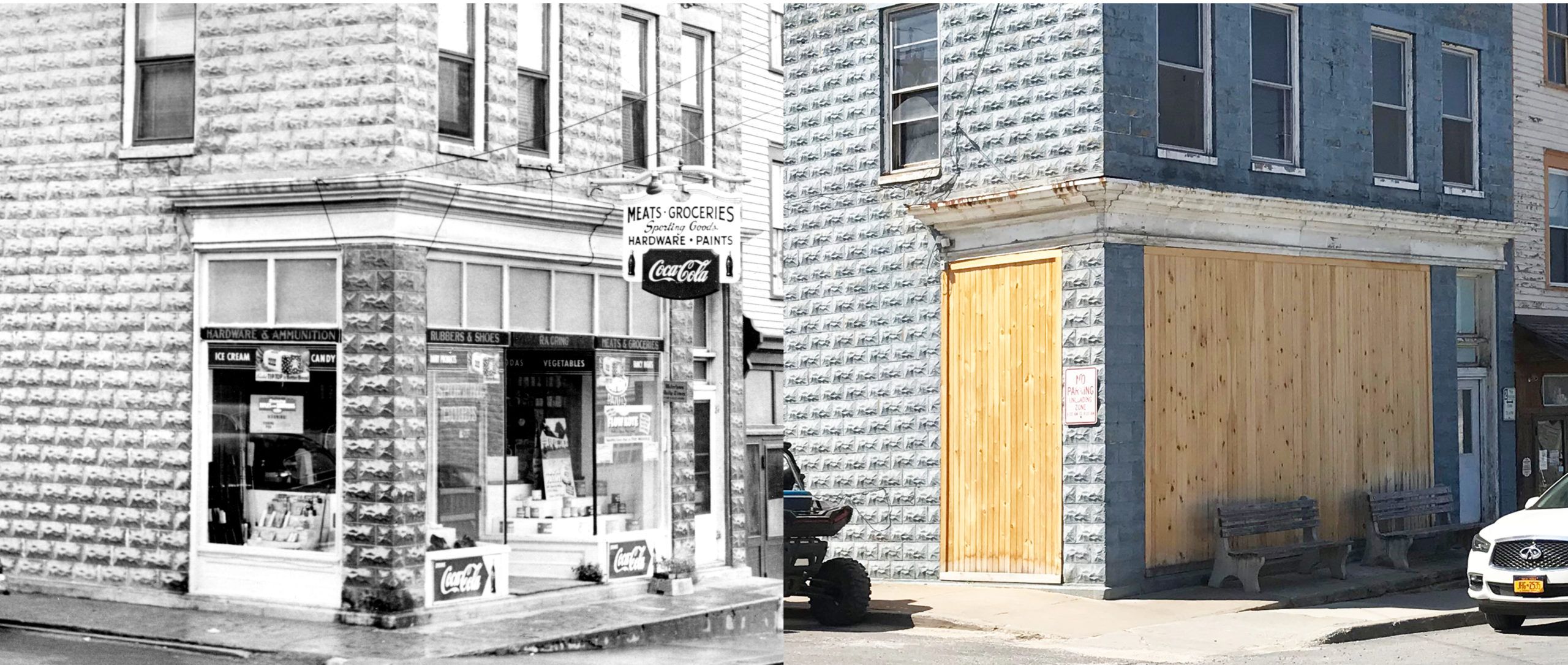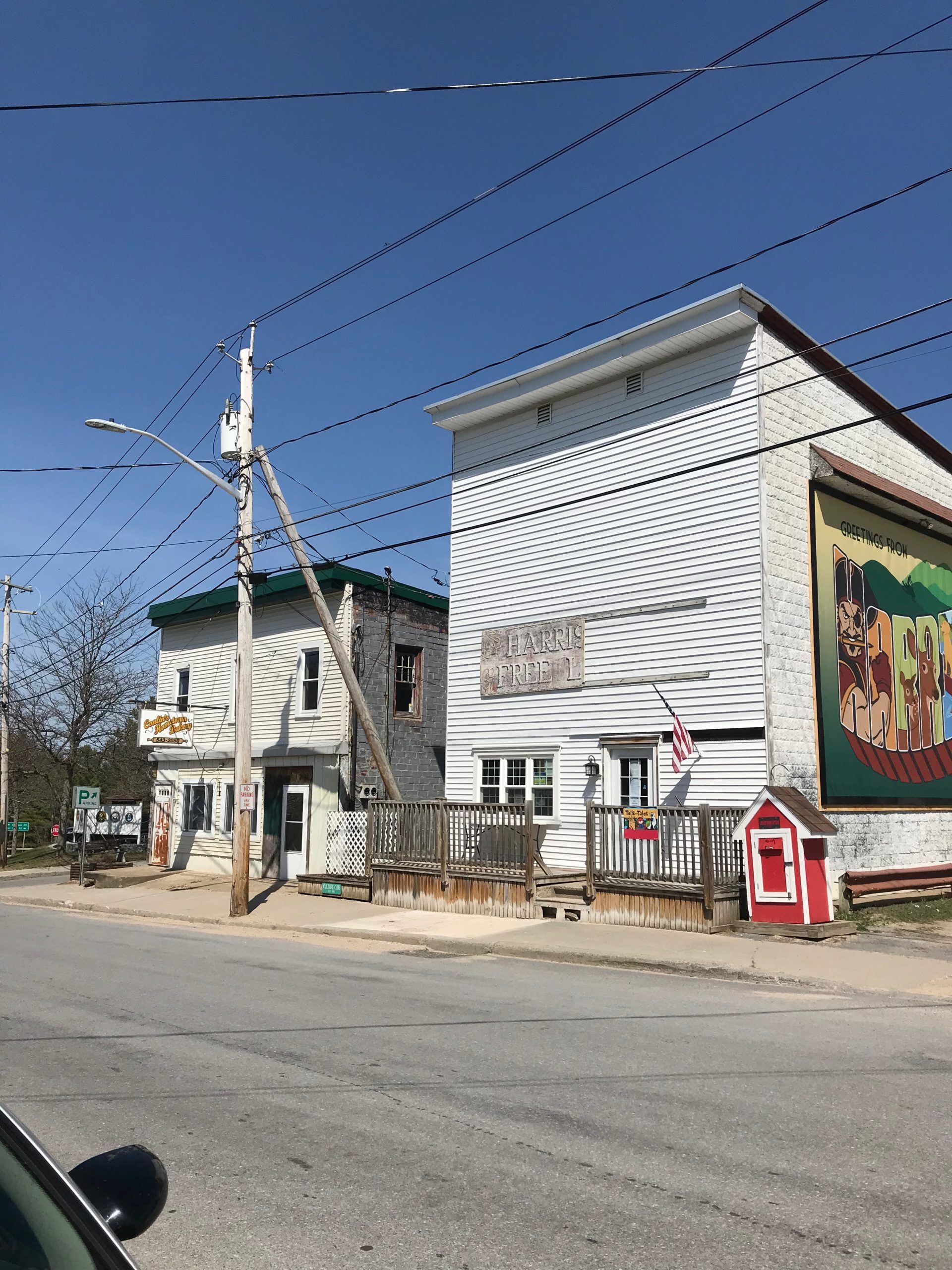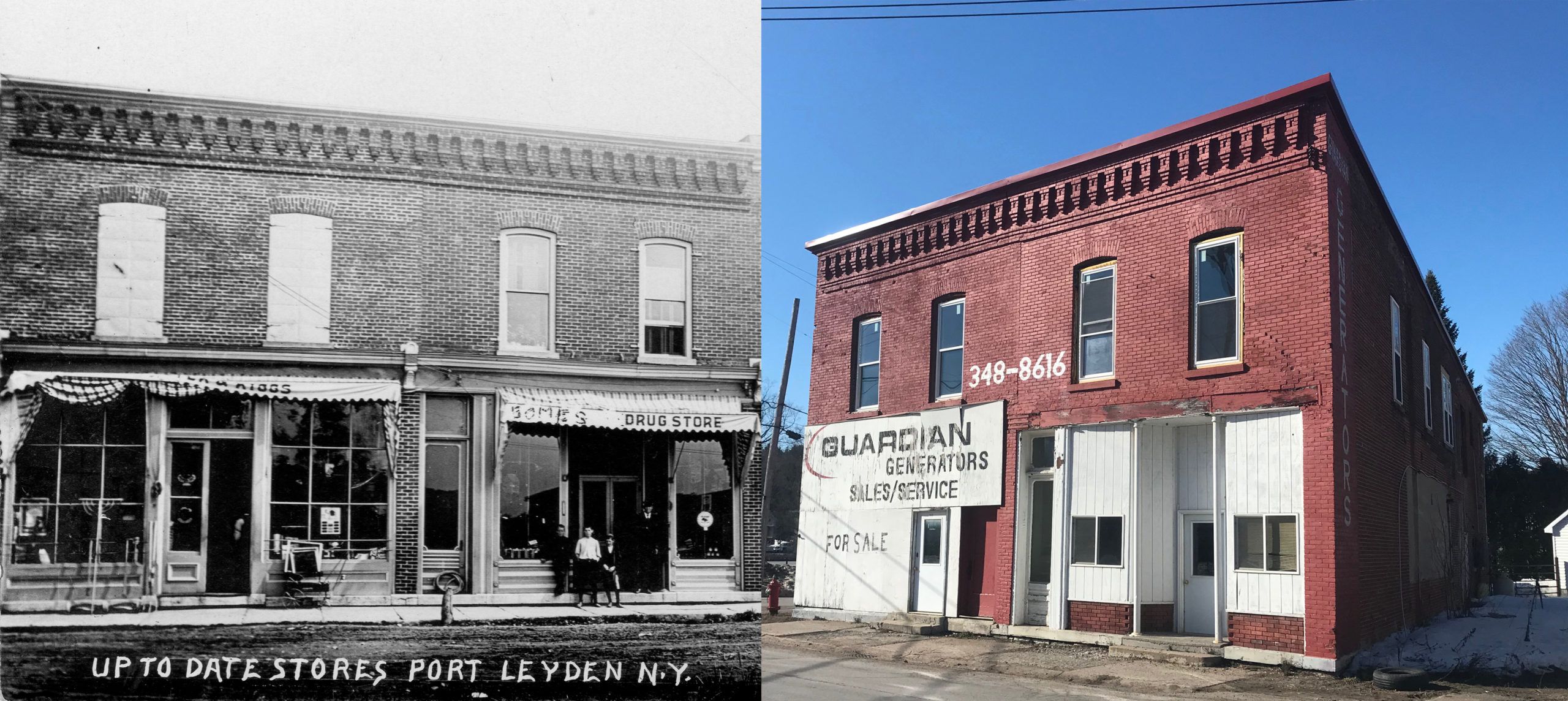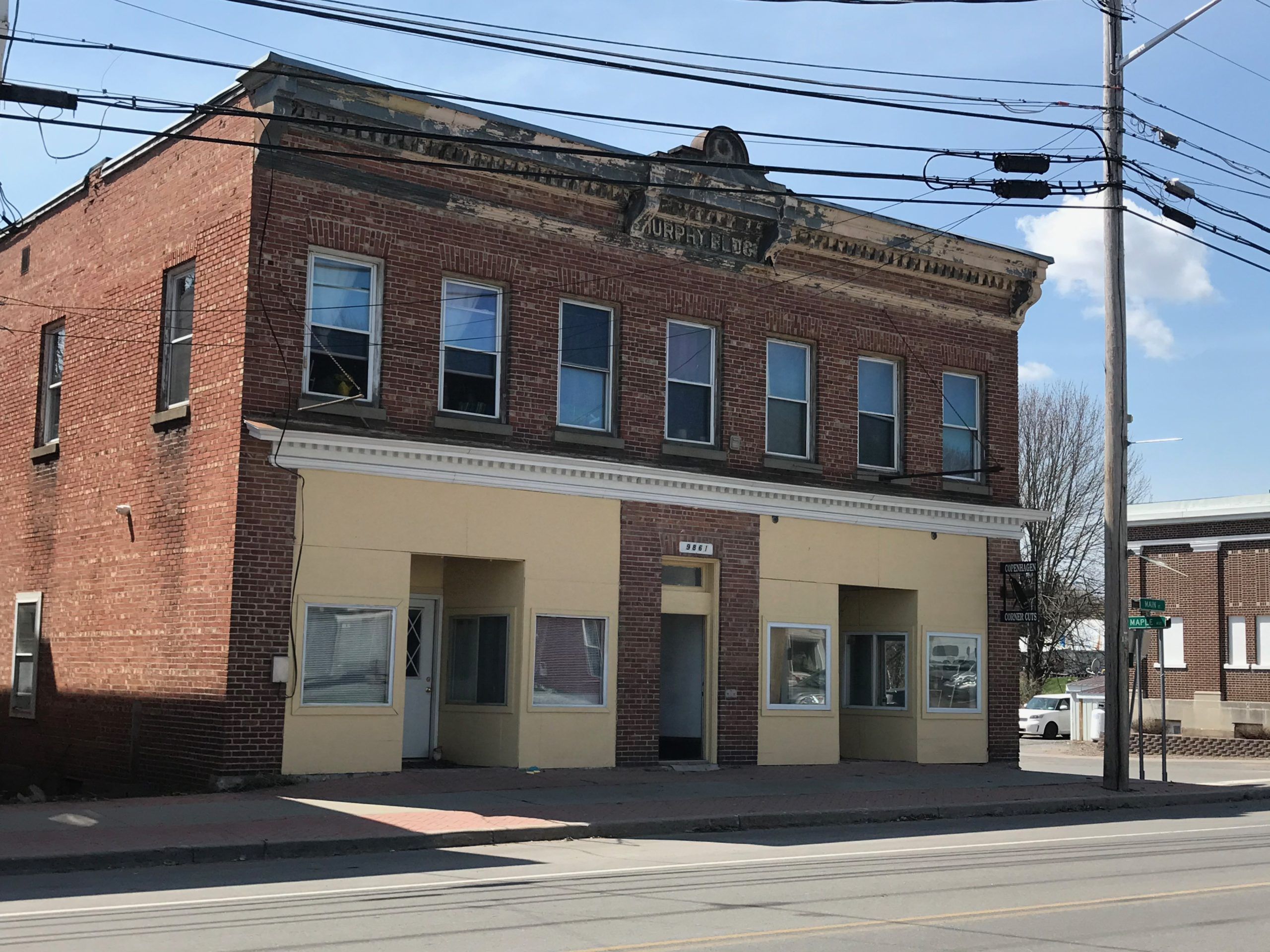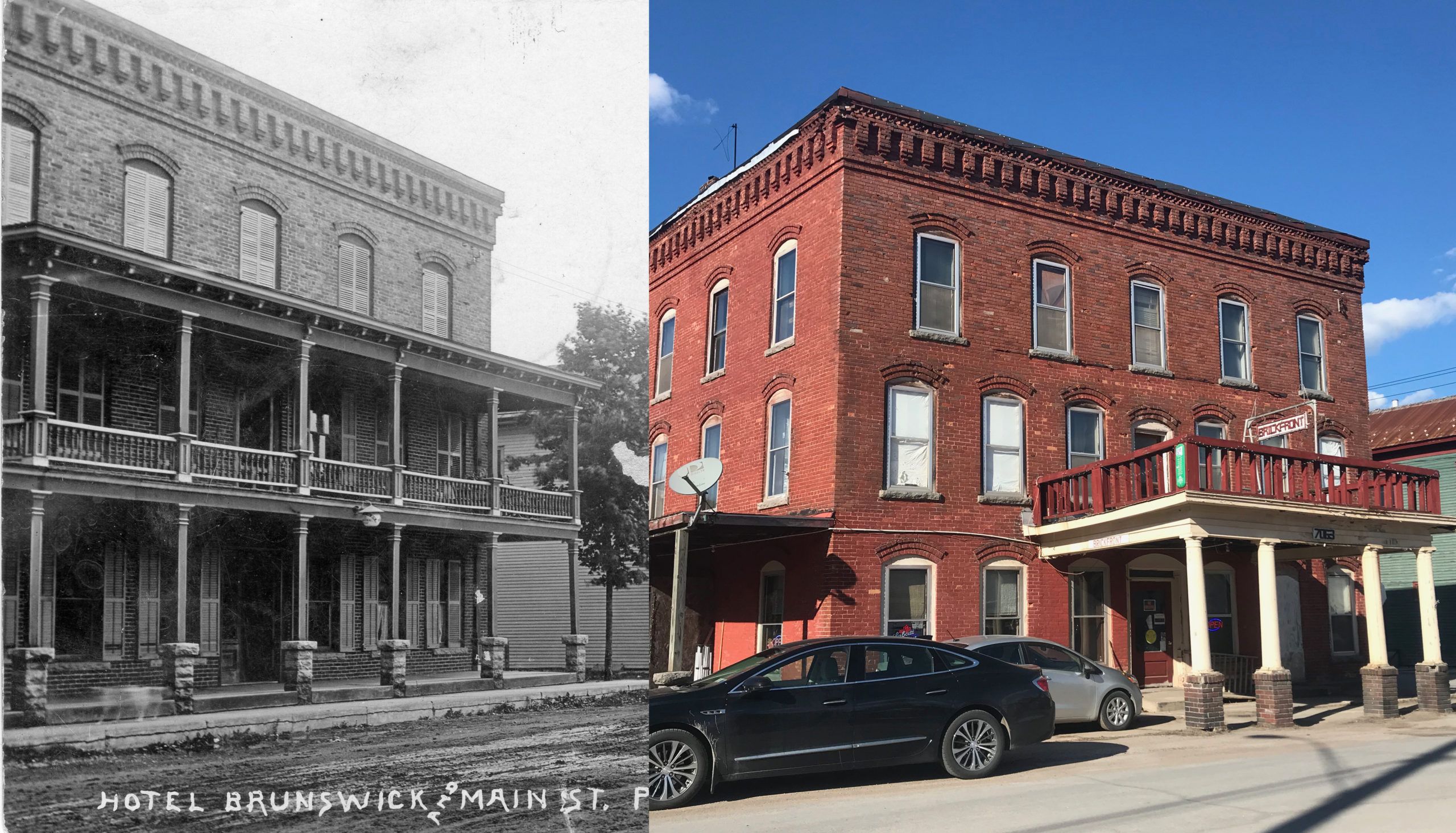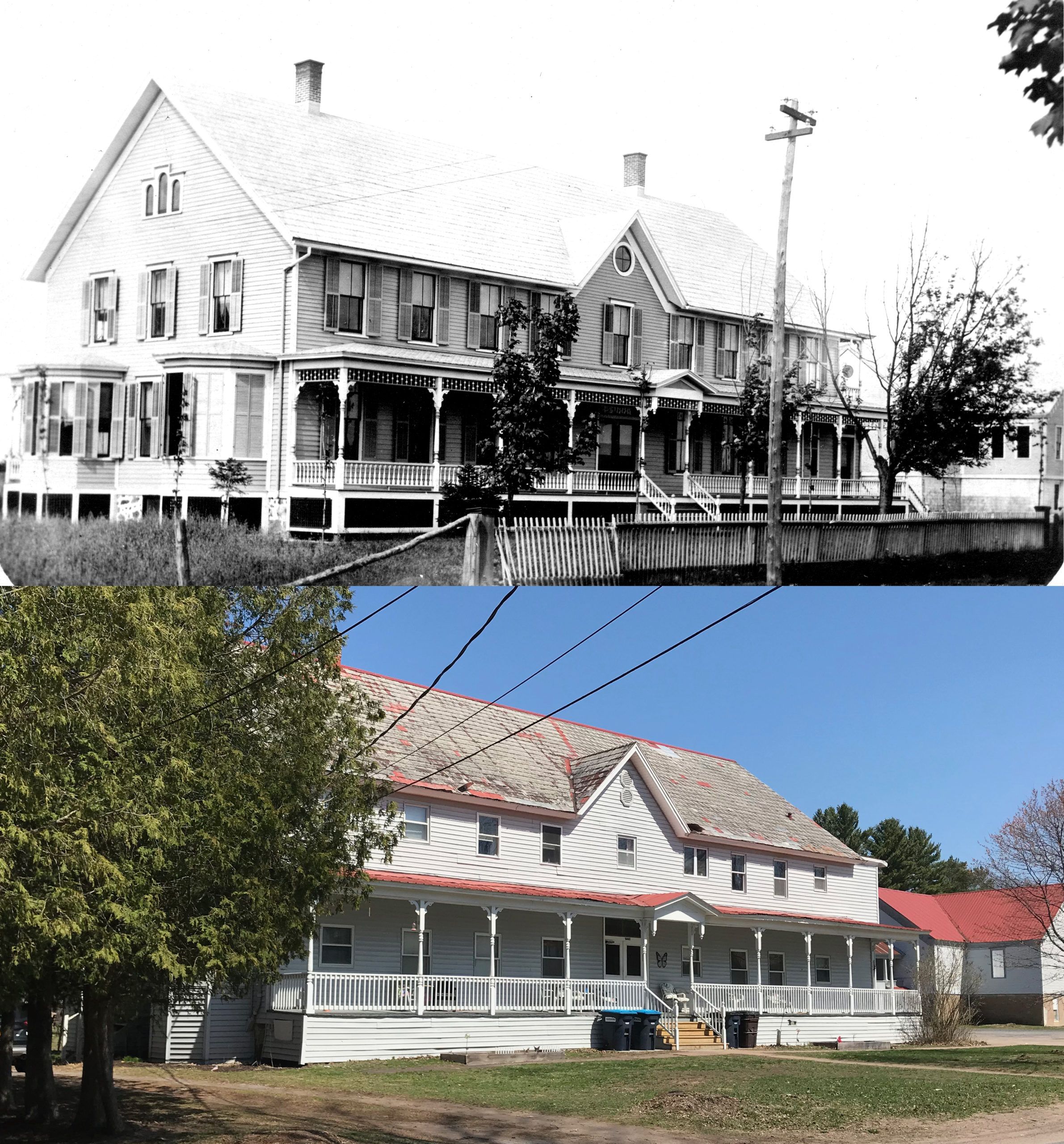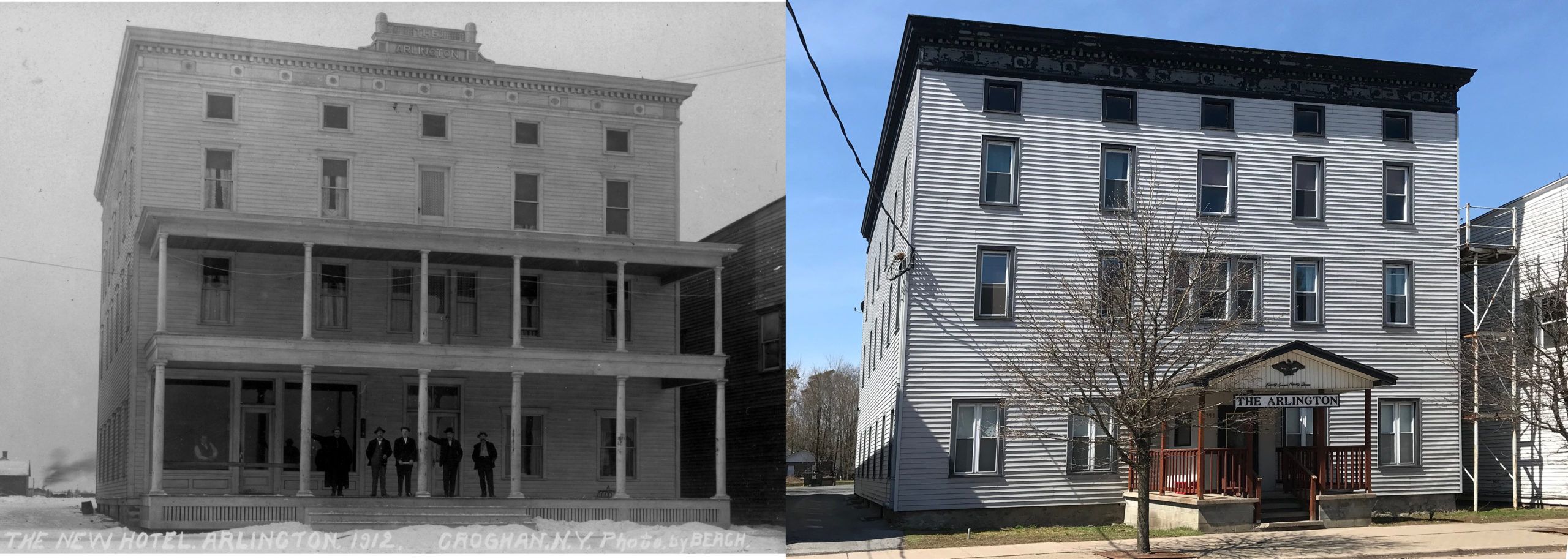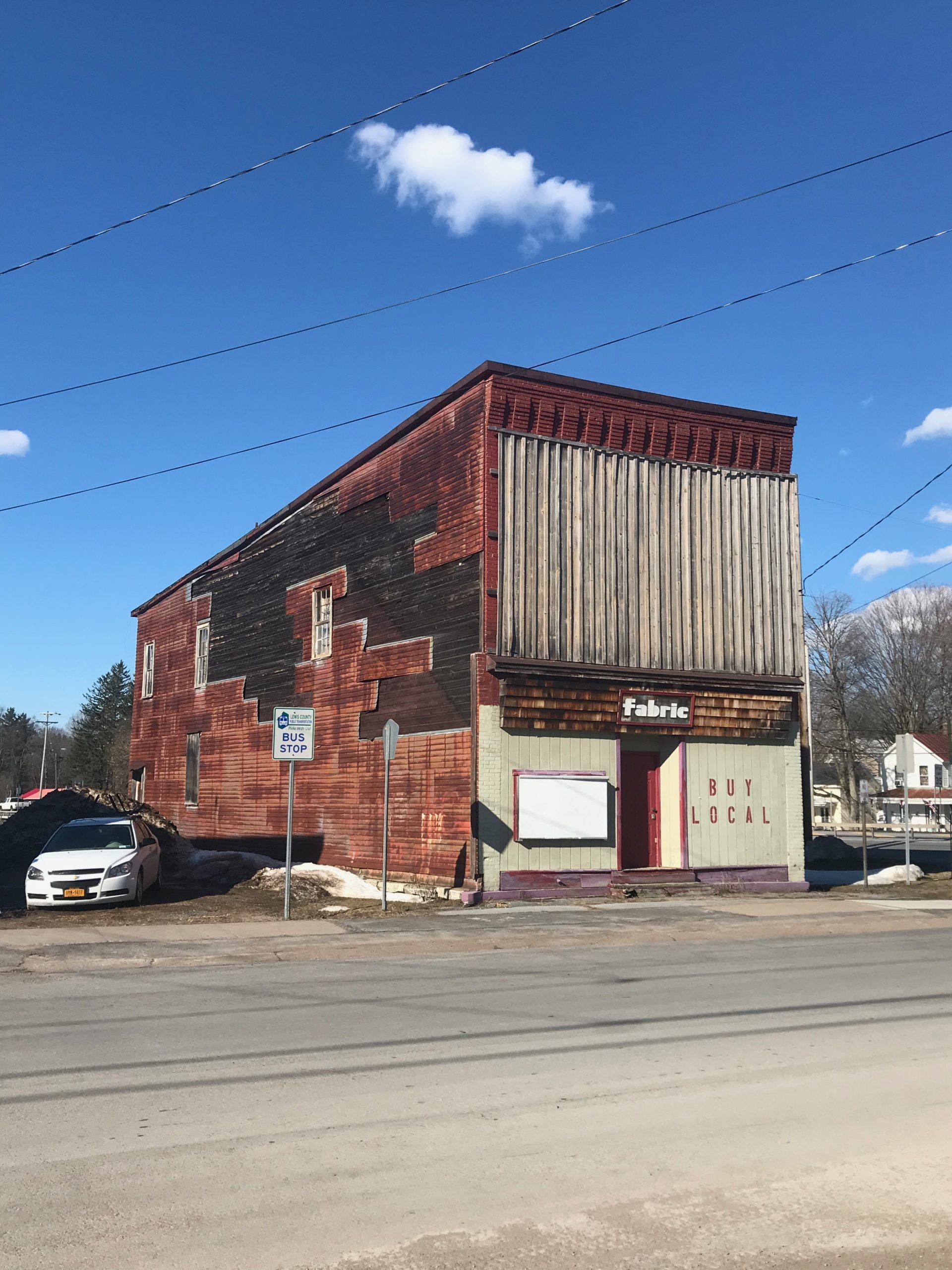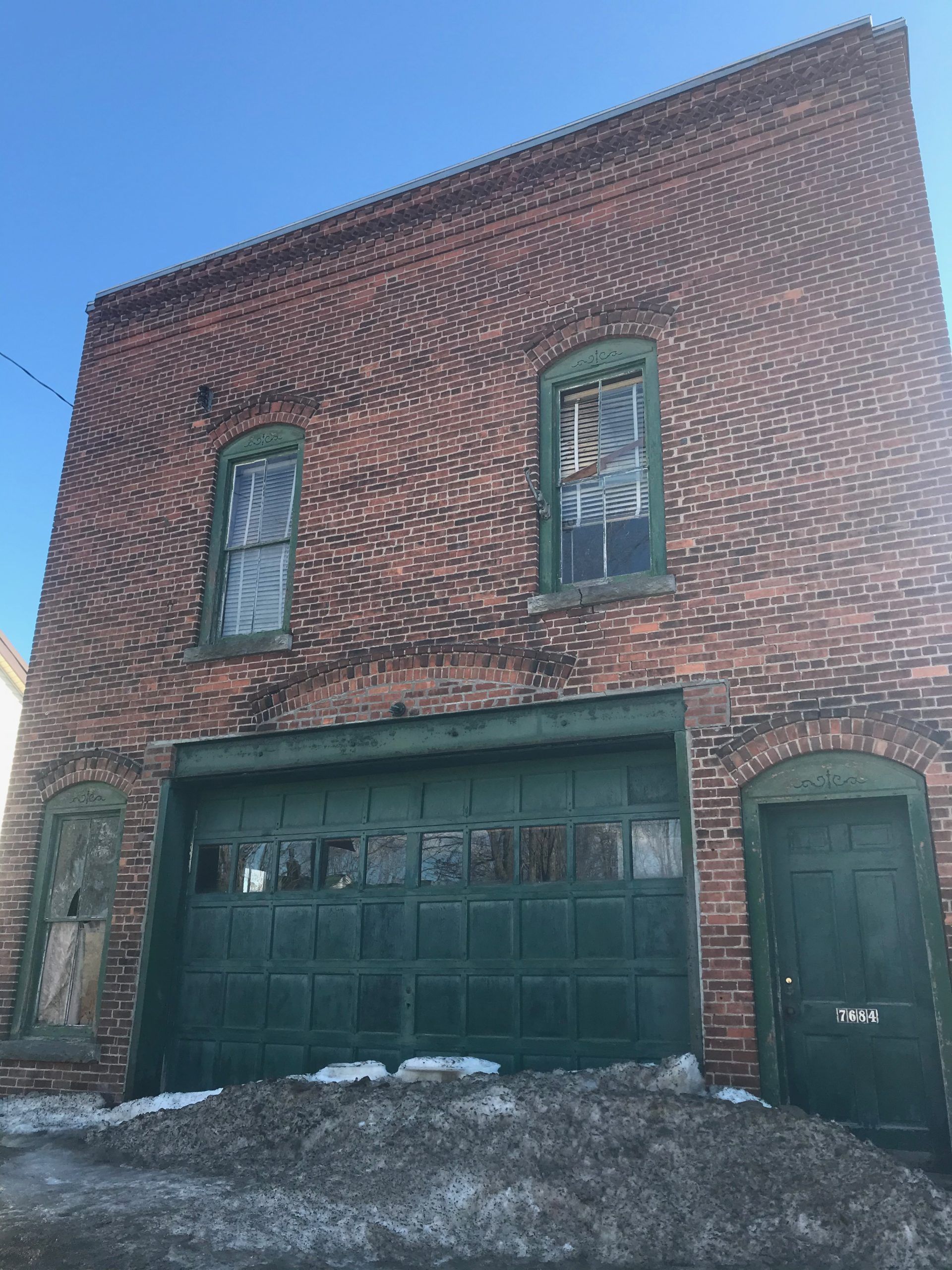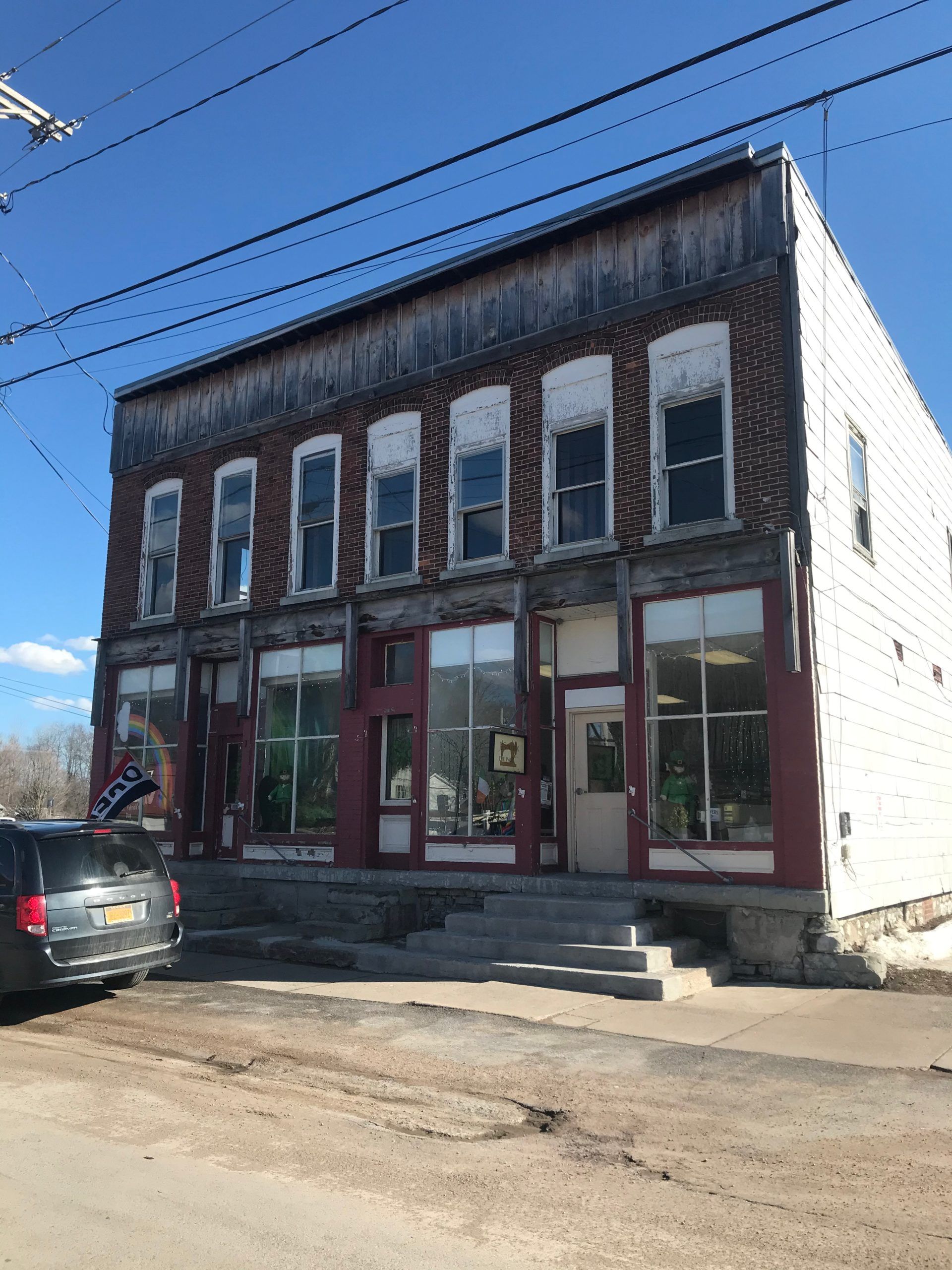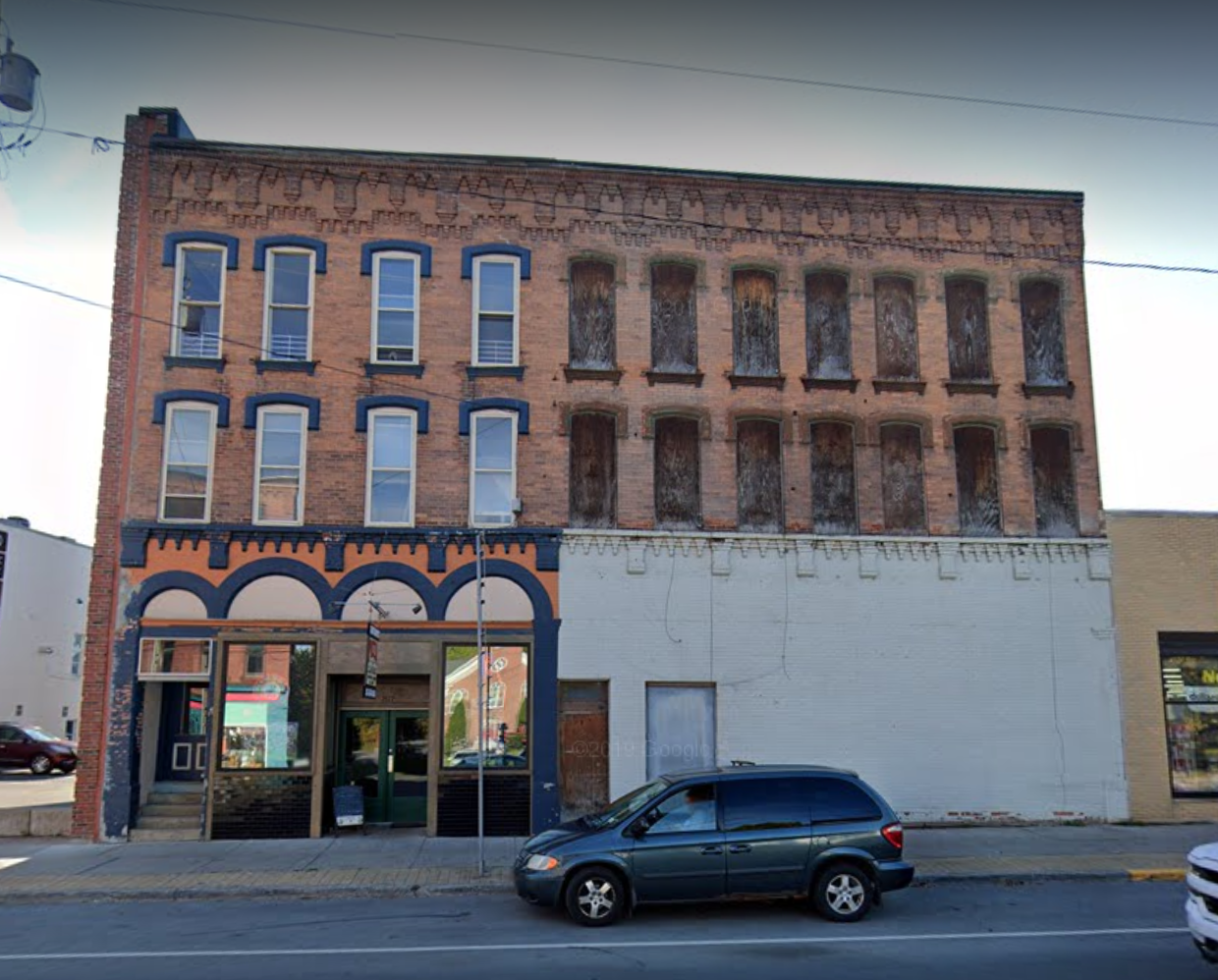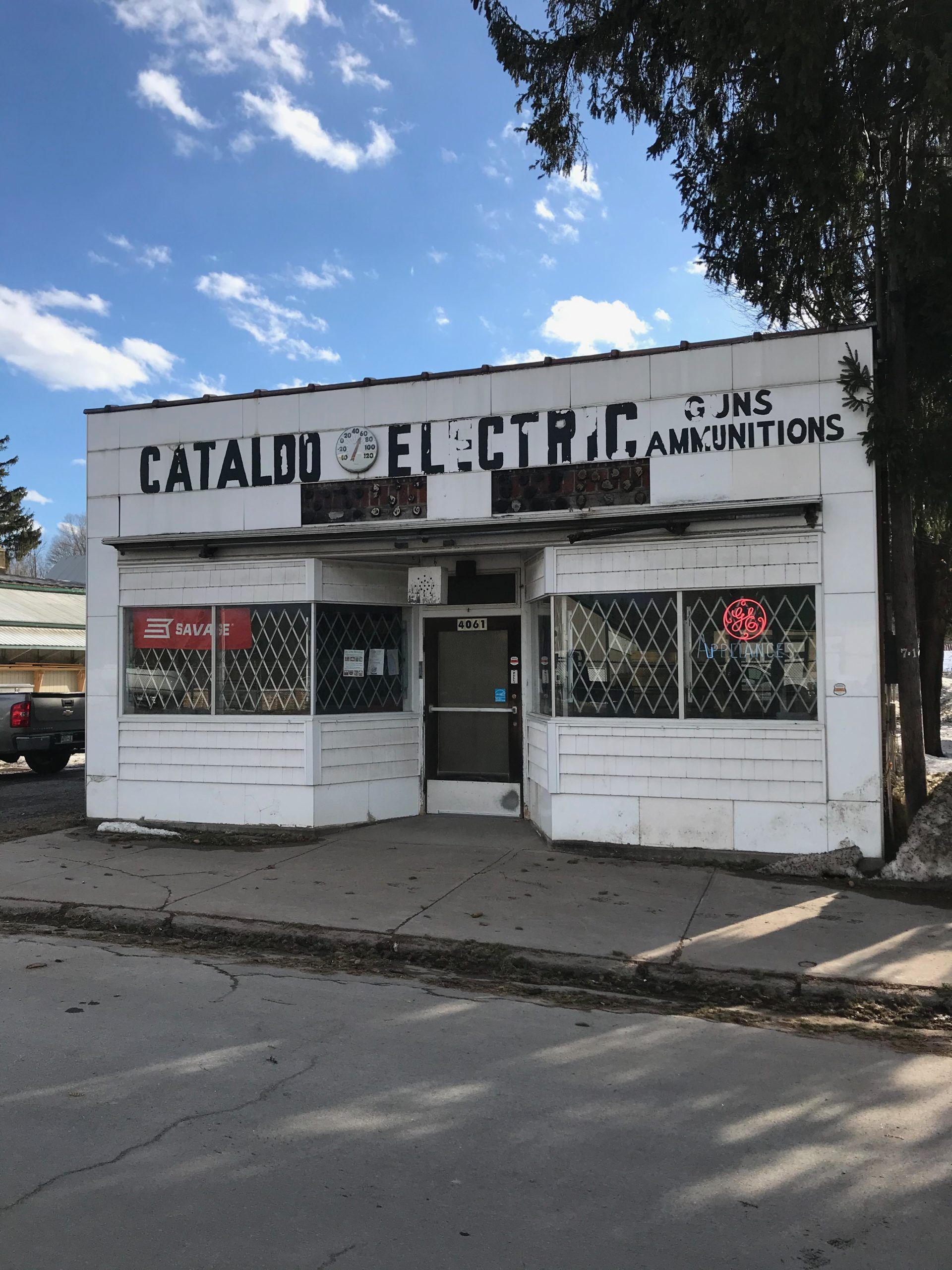Architectural & Heritage Preservation Guidance
The Lewis County Historical Society is a great place to begin your research and acquire information about architectural and heritage preservation guidance. This is likely to be particularly of importance to private homeowners, business owners and local governmental or regulatory people.
So if you want to help an old or historic place in your community – we say terrific! We not only have access to a variety of resources, but we are happy to try and point you in the right direction, particularly people who love old places but aren’t sure how to save them.
The good news is that you don’t have to go it alone: there are many valuable resources and materials that can help you through the key elements of saving a place. So whether you own a historic home or commercial building, run a local non-profit, work in municipal government and are trying to do right with updated zoning or design guidelines, or are simply an active Lewis County citizen, we will try to point you toward something to help you out!
Preservation Best Practices
Secretary of the Interior’s Standards for the Treatment of Historic Properties
The Secretary of the Interior’s Standards for the Treatment of Historic Properties are common sense historic preservation principles in non-technical language. They promote historic preservation best practices that will help to protect our nation’s irreplaceable cultural resources.
The National Park Service Preservation Briefs
Preservation Briefs provide information on preserving, rehabilitating, and restoring historic buildings. These NPS Publications help historic building owners recognize and resolve common problems prior to work. The briefs are especially useful to Historic Preservation Tax Incentives Program applicants because they recommend methods and approaches for rehabilitating historic buildings that are consistent with their historic character. For example, there are briefs on maintaining old buildings, repointing mortar joints, or the preservation of historic barns. Below are some briefs that may be of particular local interest:
Identifying Architectural Character of Your Building
https://www.nps.gov/tps/how-to-preserve/briefs/17-architectural-character.htm
Rehabilitating Historic Storefronts
https://www.nps.gov/tps/how-to-preserve/briefs/11-storefronts.htm
Repair of Historic Wood Windows
https://www.nps.gov/tps/how-to-preserve/briefs/9-wooden-windows.htm
Preserving Historic Wood Porches
https://www.nps.gov/tps/how-to-preserve/briefs/45-wooden-porches.htm
Cleaning and Treating Historic Stone and Brick Exteriors
https://www.nps.gov/tps/how-to-preserve/briefs/1-cleaning-water-repellent.htm
Preserving Gravemarkers in Historic Cemeteries
https://www.nps.gov/tps/how-to-preserve/briefs/48-preserving-grave-markers.htm
Moisture Issues in Historic Buildings
https://www.nps.gov/tps/how-to-preserve/briefs/39-control-unwanted-moisture.htm
Improving Energy Efficiency of Historic Buildings
https://www.nps.gov/tps/how-to-preserve/briefs/3-improve-energy-efficiency.htm
The National Park Service Preservation Technical Notes
Preservation Tech Notes provide practical information on traditional practices and innovative techniques for successfully maintaining and preserving cultural resources. For example, there are papers on proper painting and surface preparation, or the cleaning of limestone.
The National Park Service & Historic Preservation – General Information
Here you will find useful information about the following:
- Heritage Documentation
- Federal Preservation Laws
- Research and Technical Assistance
The Lewis County Historical Society’s Top Five Preservation “DOs & DON’Ts”
- Do re-use existing buildings. Old buildings can have many lives – reinventing themselves over centuries to serve new people and purposes. As we continue trying to grow communities like Lowville, Port Leyden, Harrisville, Croghan, Lyons Falls, Constableville, Beaver River, Castorland, and Copenhagen, we should encourage adaptive reuse of our existing local buildings as a means to grow our historic downtowns, rather than building new buildings outside of town and letting the core decay. Charming small downtowns across the country prove to be beneficial to tourism, cultivate local pride, and continue our sense of place.
- Do save your wood windows. Did you know that many of our old windows are made with old growth wood that is much denser, and more rot resistant than new wood? New windows have a life span of 20 years, but wood windows can be maintained for literally hundreds of years. There are historic buildings in Lewis County with windows that are 215 years old. R-value can be increased significantly by repairing joinery, re-puttying around the glass, using storm windows, or even interior treatments like blinds or drapes. Studies show that these solutions can achieve almost the same thermal performance as a new double paned window.
- Do repairs, before you replace. A lot of our historic buildings were built with high quality materials and craftsmanship. Almost everything can be repaired if you have the will to, and doing so also has environmental benefits like keeping material out of the landfill, retaining historic fabric, and keeping knowledge of traditional trades in our community.
- Do support local trades and traditional crafts. We’ve all heard the old expression “they don’t make ‘em like they used to” and that is very often the case when it comes to buildings. Homes and structures used to be built to last for hundreds of years, frequently passed down from generation to generation. If you own an old home you likely have realized that finding craftsman in the north country that have skills in historic woodworking or masonry are getting harder and harder to find. We can encourage retention of these skills by maintaining demand for them and by making the choice to restore rather than replace with new.
- Do make additions or changes to an historic building compatible with the heritage character of the existing building. There is always a way to make an addition or even interior changes to an historic building fit in with the original. First it is important to understand the character-defining elements of your building, so that you know what are the most important parts to retain in order to maintain the heritage integrity of your building.
Don’t throw out your wood windows! Studies consistently show that it takes almost 100 years of savings on your energy bills to pay-back the cost of replacing your windows. Additionally, new windows typically only last for 20 years before they have some kind of failure and need to be replaced again. Modern vinyl windows cannot be repaired, and once one element goes, their next stop is the landfill. You are then in an ongoing cycle of buying disposable windows, rather than having wood windows that a carpenter can repair. So, before you target your windows, think about other energy saving options in your home.
Don’t paint your brick or stone! You may not realize it, but stone and brick are porous materials, like a dense hard sponge. They are meant to breath and to let moisture flow in and out of it as heat transfers in and out of the buildings depending on the season. If you put a coat of latex paint on the outside you are sealing in the moisture so it cannot get out of the walls, and it is guaranteed to degrade your brick or stone over time. Just look around at painted brick buildings, you will see that paint doesn’t want to stay on because moisture is always trying to get out, and you will also see the materials degrading as a result.
Don’t just assume that you can insulate a stone building. For many of the same reasons you should not paint your stone, you should be very cautious about insulating stone buildings. As moisture moves through your walls from hot to cold (as it is meant to), a dew point is reached where water condenses inside your wall. Stone walls are naturally tolerant to this but insulating them changes this dynamic and can end up causing mold and rot issues that are hidden inside your wall. If you are looking at places to insulate, consider the attic first, and tightening up your windows and doors with weather stripping and window treatments.
Don’t ditch your detailed exterior woodwork. Exterior wood details can give buildings so much character. Likewise, when it is removed and replaced with plain wood or vinyl elements, buildings lose their charm. Think of upkeeping your house’s curb appeal as a resale investment, with the bonus that you get to enjoy the look of it until you decide to sell. Choosing to restore woodwork creates local skilled jobs and maintains the charm and feel of the older buildings in our community.
Don’t assume that latex paint is the answer. Consider using Linseed Oil paint systems instead of latex on your house. This is a paint system that has been around for hundreds of years and is tried and true. Although it is more expensive initially, linseed oil paint penetrates the wood and acts as a preservative. It then only takes re-oiling it every 5-10 years to keep it looking good. Latex paint acts as a plastic barrier and traps moisture inside your wood siding; concealing rot and moisture issues such that by the time you notice, it is often too late to save the wood.
Some Examples of Commercial Buildings That Need a Little Love
Like many places across the North Country, we here in Lewis County unfortunately continue to see too much loss of historic buildings decay and loss of our historic buildings’ character, but there is still a lot we can save! Below are a few examples of some of the issues that you will see; we can do better!

